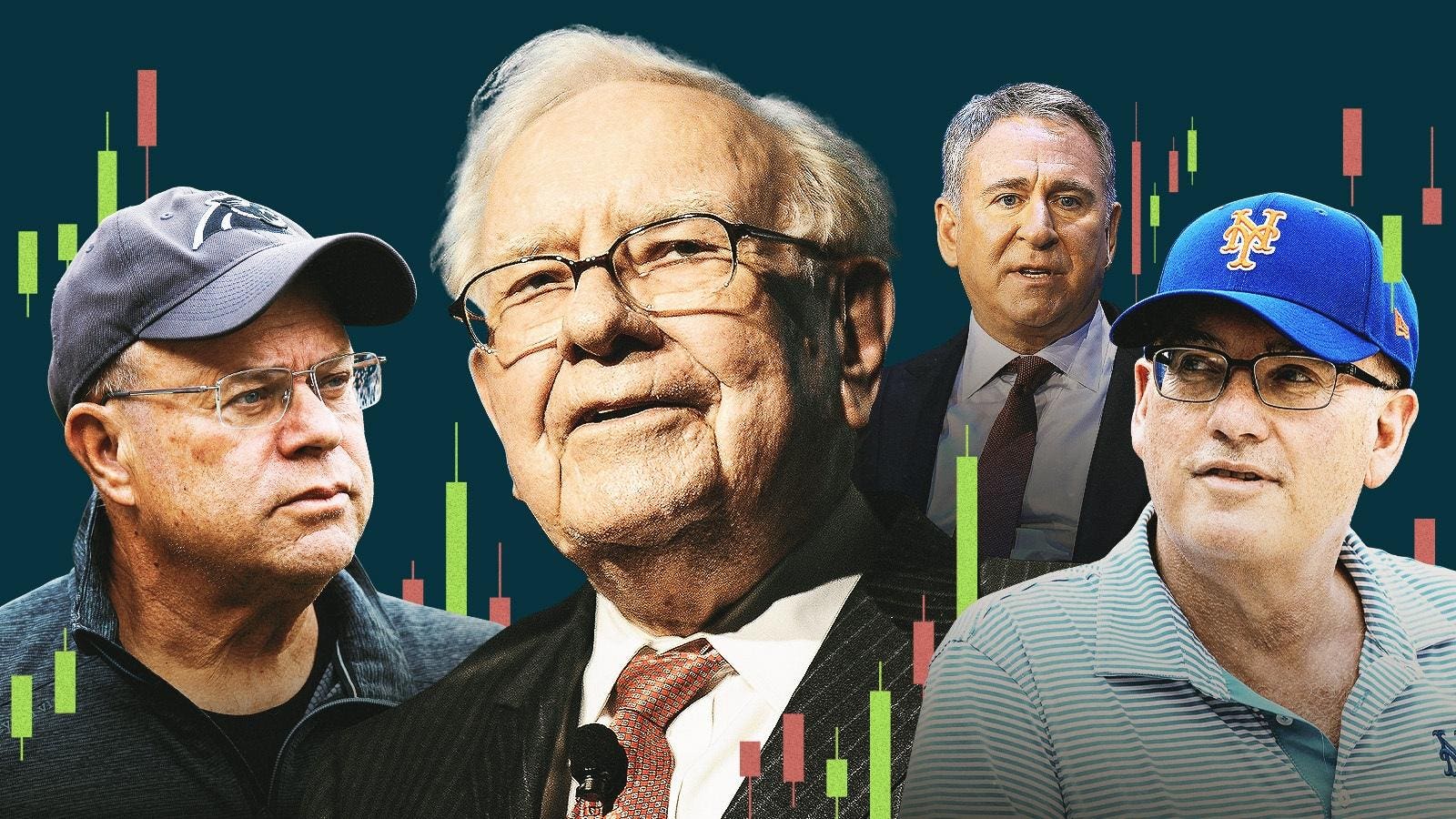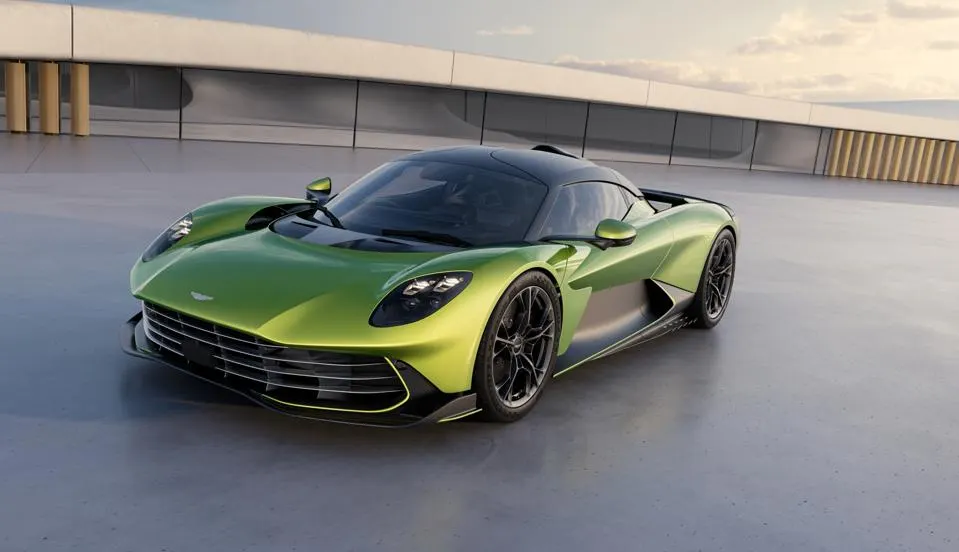5 Stock Buys And Sells From Top Billionaire Investors

Over the past 30 months, billionaire investors’ moves have played a pivotal role in shaping the strategies behind the Forbes Billionaire Investor model portfolios. However, the decisions of these high-net-worth individuals were not the sole factor guiding our stock selections. While their moves were instrumental, we also sought out stocks that offered strong business fundamentals, low debt levels, and a compelling value proposition. These stocks were trading at depressed valuations, yet still delivering rising revenues and profits. Apart from notable exceptions like Walt Disney (DIS), which garnered significant attention from activist investors, we focused on stocks with a track record of paying dividends. In addition, we also looked for signs of insider buying—purchases made by company executives and directors, which often signal confidence in the company’s future prospects.
This comprehensive approach has yielded impressive results. When we launched the Forbes Billionaire Investor model portfolio in September 2022, we picked large-cap stocks that showed the potential for significant future growth, such as Dick’s Sporting Goods (DKS), which saw a remarkable 118% increase, and Ross Stores (ROST), which surged by 90%. We also invested in “Magnificent Seven” member Microsoft (MSFT), which appreciated by 84%. Alongside these big names, we also focused on small- and mid-cap stocks, many of which have experienced substantial growth. F&G Annuities & Life (FG) jumped by 176%, while Acuity Brands (AYI) grew by 99%. Midstream oil and gas MLP Antero Midstream (AM) saw a 97% increase, and mortgage insurer Radian Group (RDN) gained 96%.
A significant part of this success stems from closely monitoring the 13F filings of the world’s wealthiest investors. Since 1934, the U.S. Securities and Exchange Commission (SEC) has required institutional investment managers who control over $100 million in assets to file quarterly reports known as 13F filings. These reports provide valuable insight into their portfolios, revealing the stocks they are buying and selling. While the filings have inherent delays—investment managers only report their holdings 45 days after the end of each quarter—they still offer small investors a chance to analyze the investment strategies of these billionaires. By analyzing these reports, investors can identify trends, see which sectors or stocks are gaining or losing favor, and make more informed investment decisions.
While the delay in reporting can be an obstacle, there is still substantial value in tracking billionaire investors’ moves. For example, long-term value investors like Warren Buffett and David Tepper tend to hold onto their investments for an extended period, providing valuable insight into stable, high-quality investments. On the other hand, more trading-oriented investors like Ken Griffin of Citadel Advisors and Jeffrey Yass of Susquehanna International Group are known for shorter holding periods, making their strategies more dynamic but also riskier.
For instance, Warren Buffett, the wealthiest of these investors with a net worth of $147 billion through Berkshire Hathaway, made notable moves in his most recent filings. Among his largest buys were Sirius XM Holdings (SIRI), Domino’s Pizza (DPZ), Occidental Petroleum (OXY), Chubb Ltd. (CB), and Heico (HEI). Notably, Buffett initiated a $225 million stake in Heico, a major aerospace and defense supplier. However, Buffett also made some significant sells, including reducing his holdings in Apple (AAPL) and Bank of America (BAC), although these two stocks still remain among the largest holdings in Berkshire Hathaway’s portfolio.
Jeffrey Yass, worth $49.6 billion through Susquehanna International Group, made large buys in Nvidia (NVDA), J.P. Morgan Chase (JPM), Bristol Myers Squibb (BMY), Comfort Systems USA (FIX), and Walmart (WMT). However, Yass’s firm has become more cautious on certain sectors, selling off substantial portions of its Apple (AAPL) holdings and reducing its exposure to exchange-traded funds like the SPDR S&P 500 Trust (SPY) and Invesco QQQ Trust (QQQ).
Ken Griffin, with a net worth of $47 billion through Citadel Advisors, made a series of interesting buys, particularly in the tech and medical sectors. Citadel purchased significant stakes in Atlassian (TEAM), a collaboration software company, Charter Communications (CHTR), Medtronic (MDT), Equinix (EQIX), and Marriott International (MAR). On the selling side, Griffin’s Citadel firm reduced its holdings in Amazon (AMZN), Microsoft (MSFT), and mobile app company AppLovin (APP).
Steven Cohen, with a net worth of $21.3 billion through Point72 Asset Management, focused on buying shares in Comcast (CMCSA), Taiwan Semiconductor (TSM), Reddit (RDDT), EQT (EQT), and ConocoPhillips (COP). At the same time, Cohen’s firm sold off positions in Broadcom (AVGO), Amazon (AMZN), AT&T (T), Fox (FOXA), and Royal Caribbean Group (RCL). Cohen’s investment strategy indicates a preference for certain tech and energy stocks, reflecting his interest in both innovation and stability.
Finally, David Tepper, with a net worth of $21.3 billion through Appaloosa Management, made significant investments in PDD Holdings (PDD), Lyft (LYFT), Vistra (VST), JD.com (JD), and NRG Energy (NRG). However, Tepper’s firm also locked in profits by selling off several prominent stocks, including Nvidia (NVDA), Meta Platforms (META), Microsoft (MSFT), Oracle (ORCL), and Amazon (AMZN), signaling a shift in his investment focus.
These billionaire investors have all demonstrated different approaches to stock picking, but their moves provide valuable insights for individual investors looking to mimic their success. By analyzing the holdings and trades of these top investors, it’s possible to identify promising opportunities, understand broader market trends, and develop a strategy that incorporates both long-term stability and short-term growth potential.



